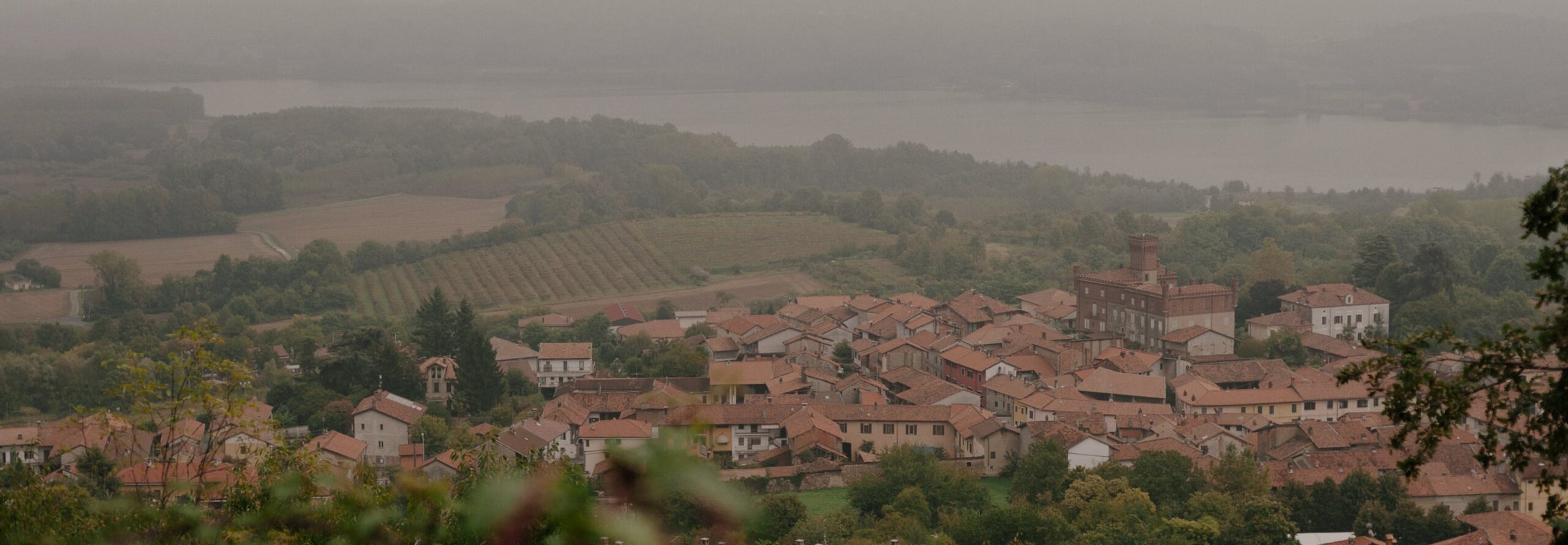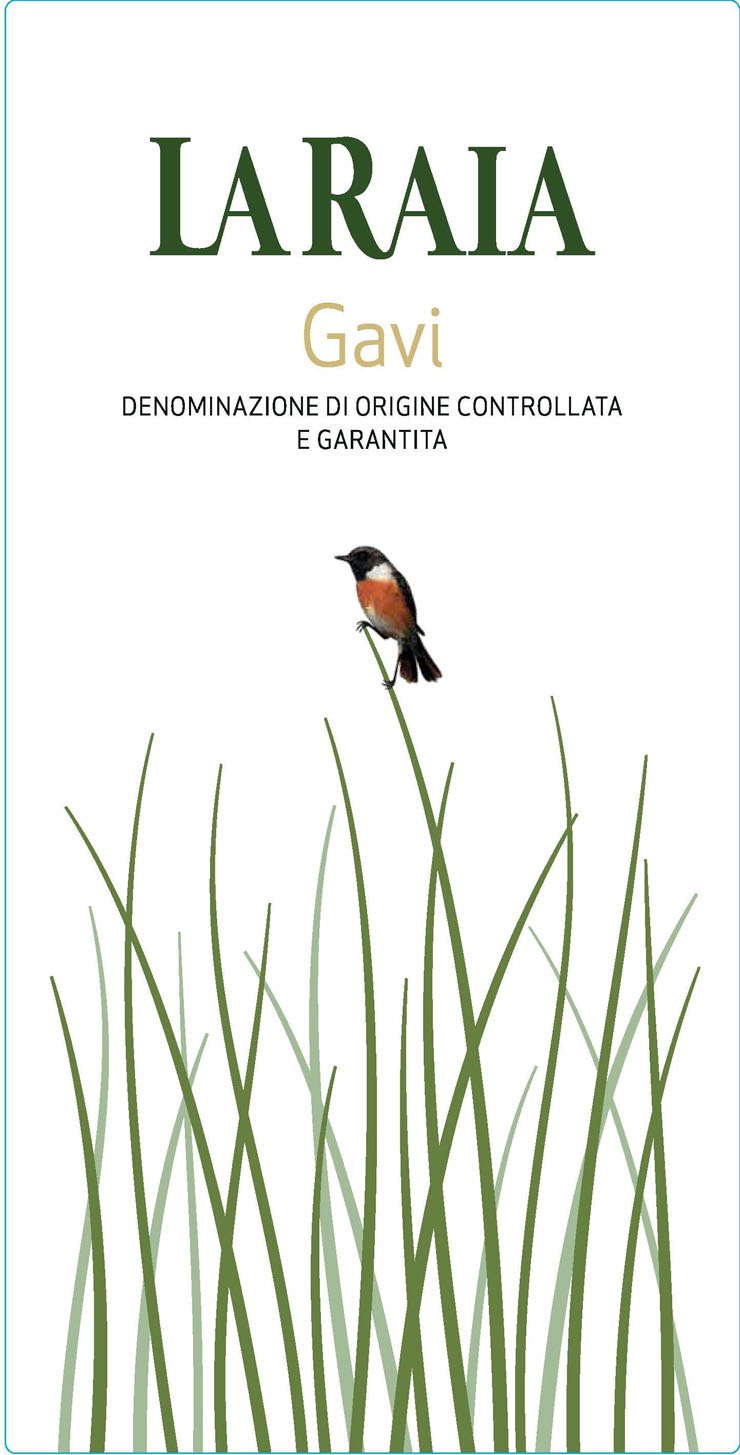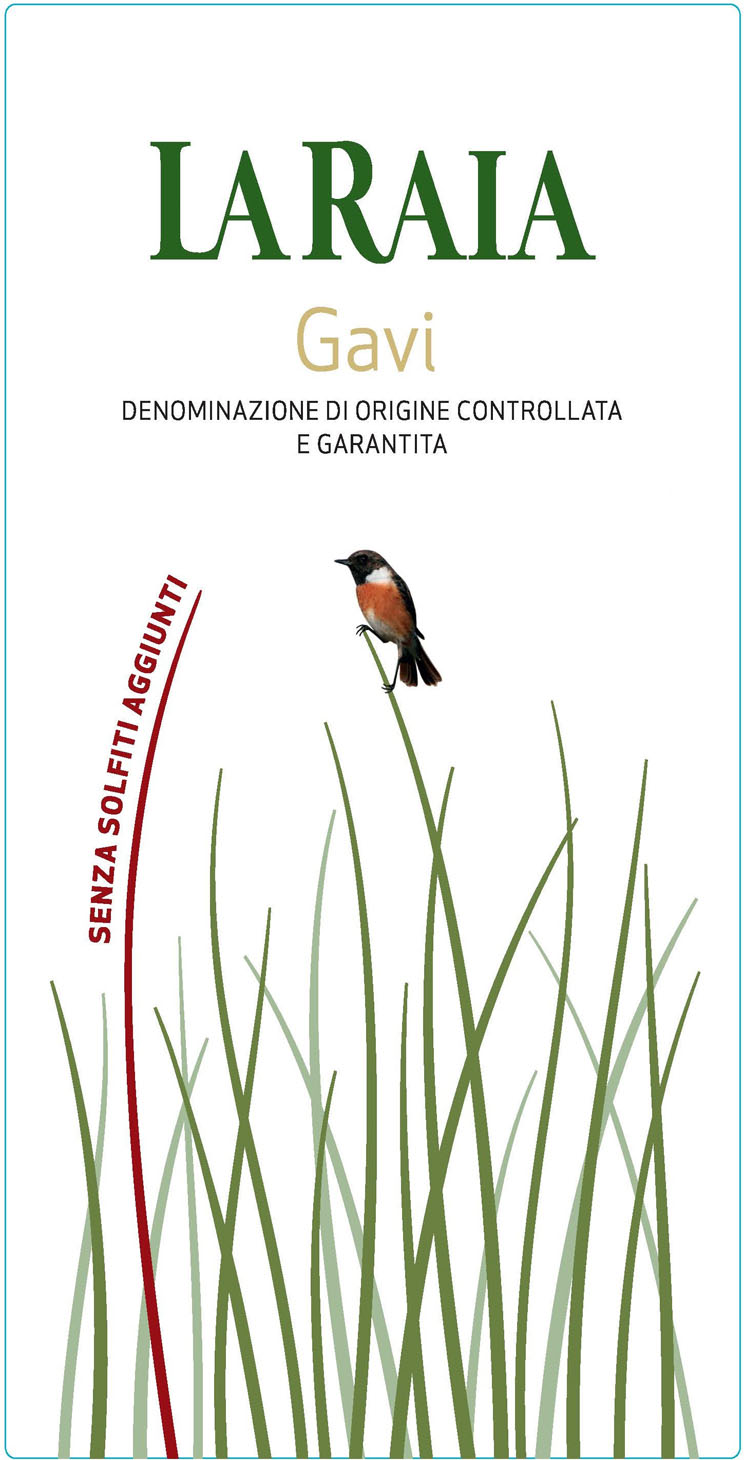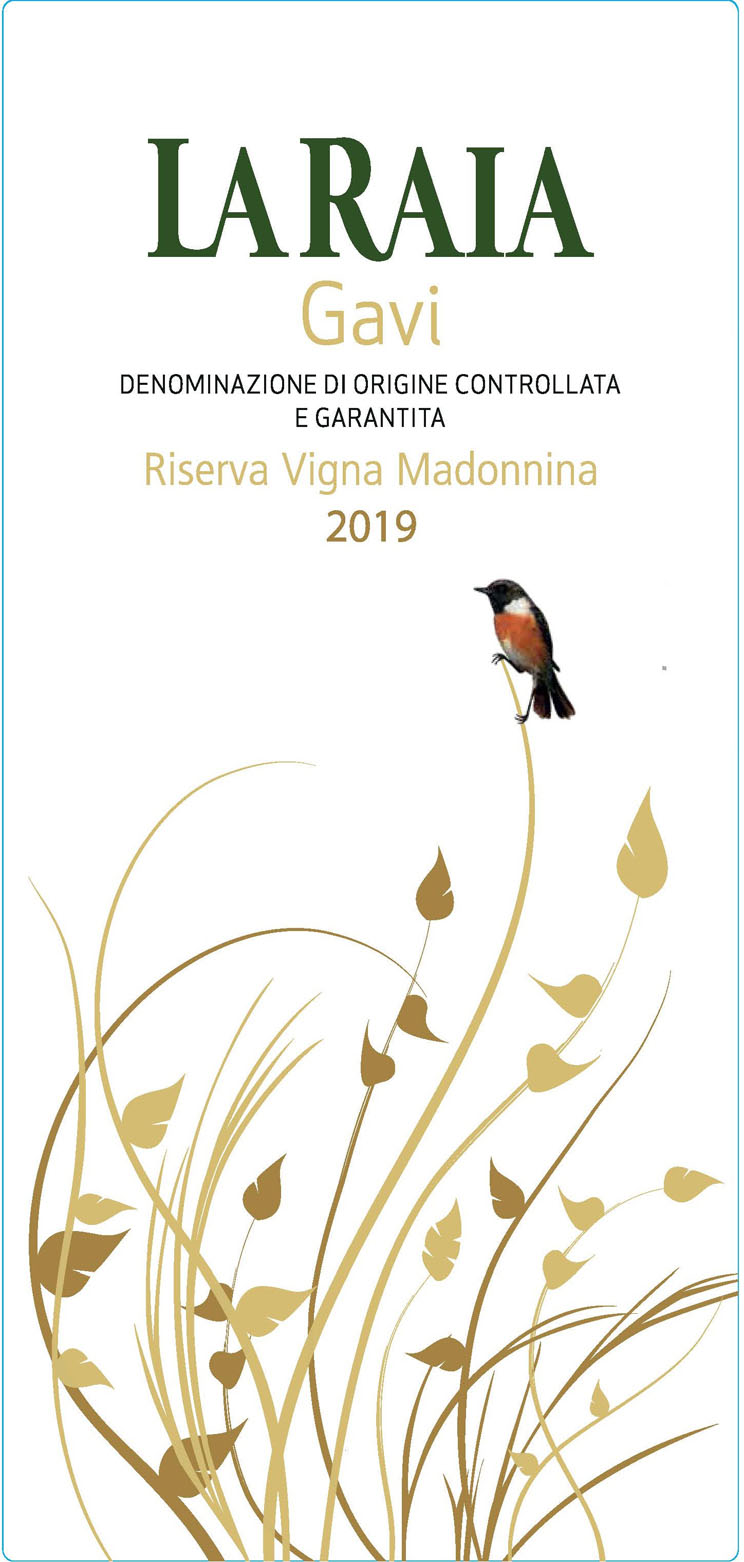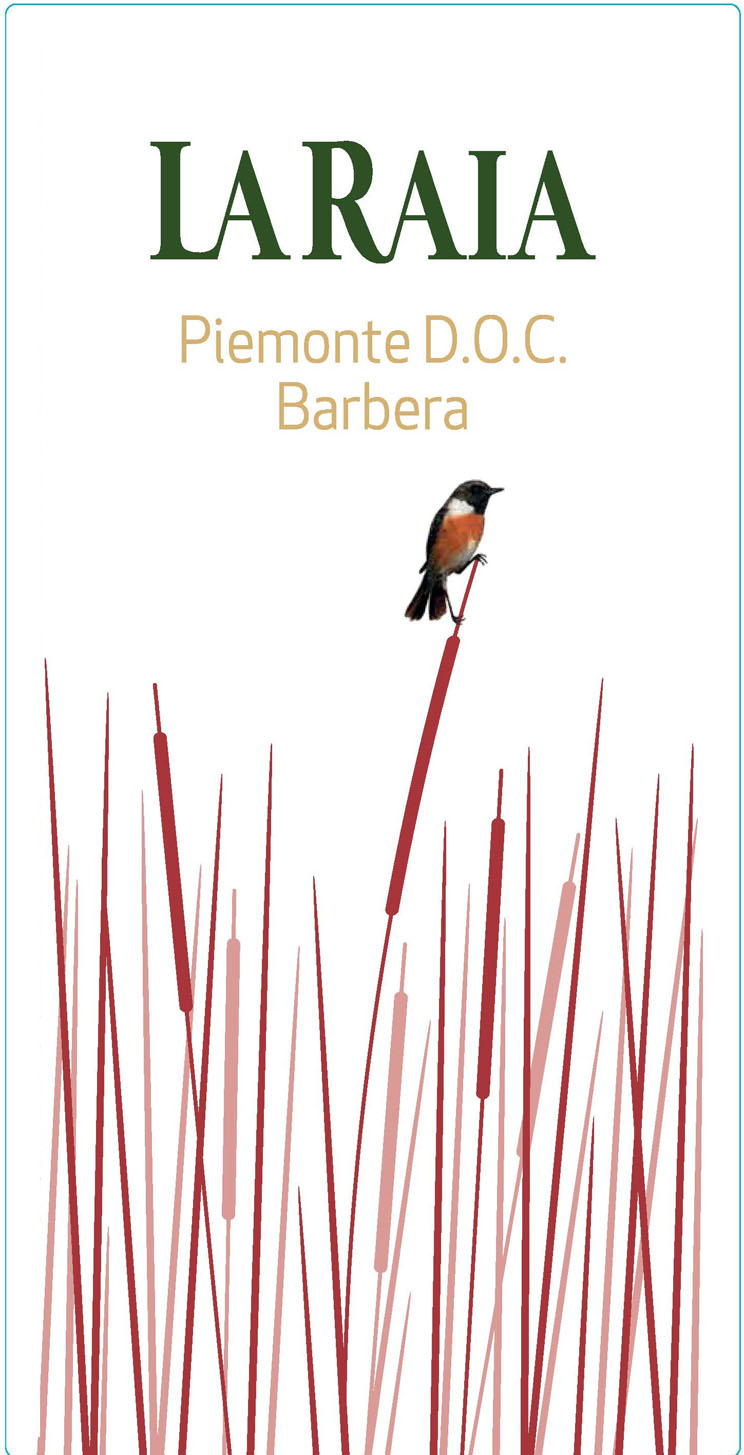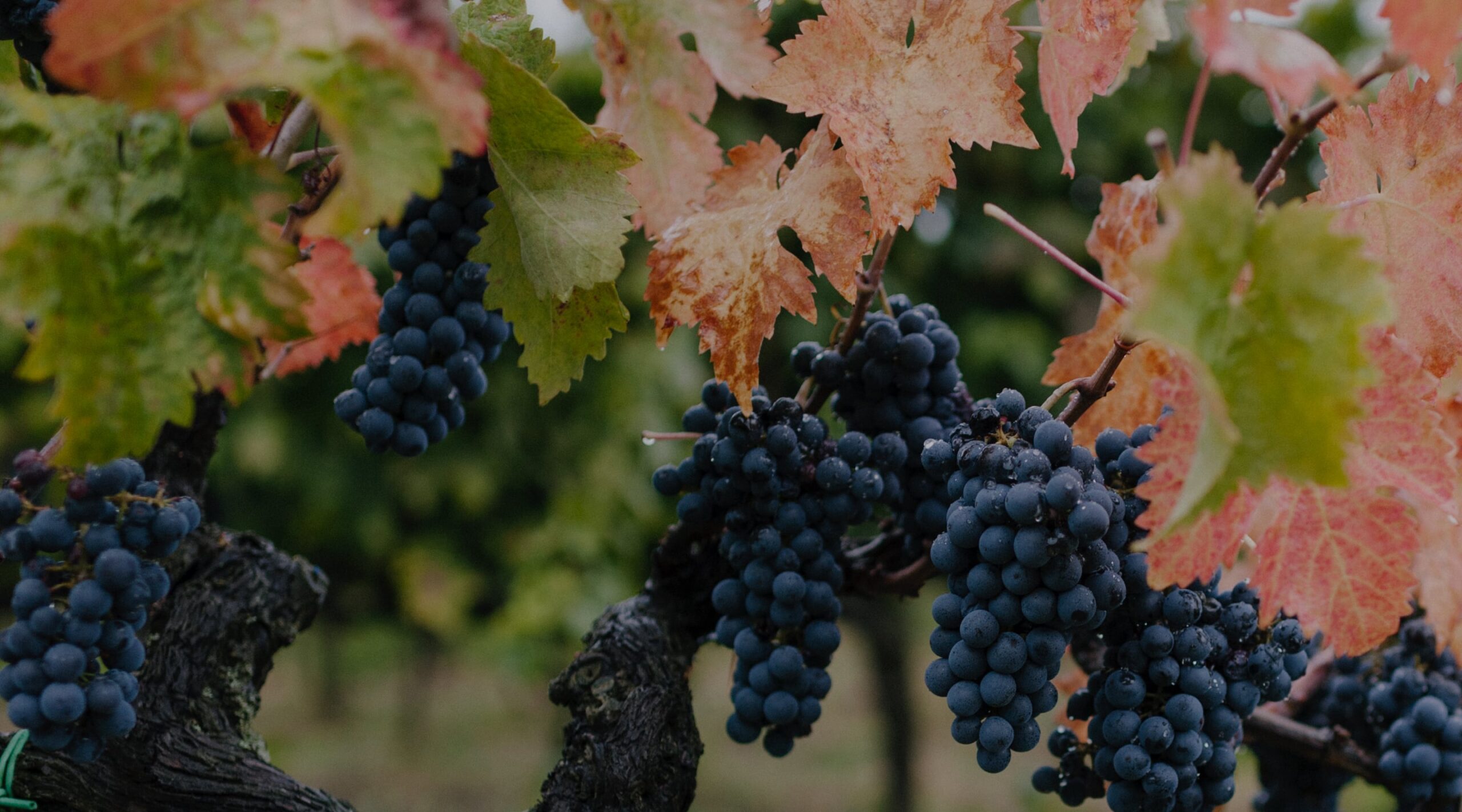
La Raia
Wines
Novi Ligure, Gavi
Gavi
La Raia’s workhorse Gavi is produced from southwesterly exposed Cortese planted at around 400 meters altitude on the estate’s gently undulating hillsides, and harvested at 60 to 70 hectoliters per hectare. After destemming and pressing, fermentation occurs via an indigenous yeast strain cultivated from the estate’s own vineyards, and aging takes place on the fine lees for three months in stainless steel, with lees-stirring every two or three weeks as needed. Clean, clinging, and vibrant, it evokes the orchard in its aromas and flavors of fresh herbs and green apples, with complicating notes of lemon zest and sea salt.
Gavi, “Senza Solfiti”
La Raia bottles small quantities of Gavi with no added sulfur dioxide, showcasing their beautifully farmed and healthy fruit in purezza. The contrast with the flagship Gavi is striking, with the “Senza Solfiti” showing deeper fruit notes—apricot jam, yellow fruits—and a rounder, crunchier texture framed by an acidity slightly less piercing than the basic.
Gavi Riserva, “Vigna Madonnina”
Representing less than 10% of their production, La Raia’s Gavi Riserva—one of only four examples of a Riserva in the entire zone—comes from 20-year-old vines planted in the chalky white soils of the southeast-facing Madonnina vineyard. Harvested 10 to 14 days later than the basic Gavi, it spends an entire year on its fine lees (compared to three months for the basic) in stainless steel before bottling, with an additional six months of bottle aging before being put up for sale. This is broad yet focused on the nose, with an intense Chablis-like chalkiness; the palate possesses concentration and cling, with the chalk echoing and carrying the flavors of apricot and apples through an impressively lengthy finish.
Barbera, Piemonte
Barbera comprises just 10% of La Raia’s vine surface, and their charming, snappy basic version is fermented and aged entirely in stainless steel and bottled the summer following harvest. The extraction is gentle without being shy, and the vibrant acidity and chalky undertones which characterize the white wines are on full display here as well.
